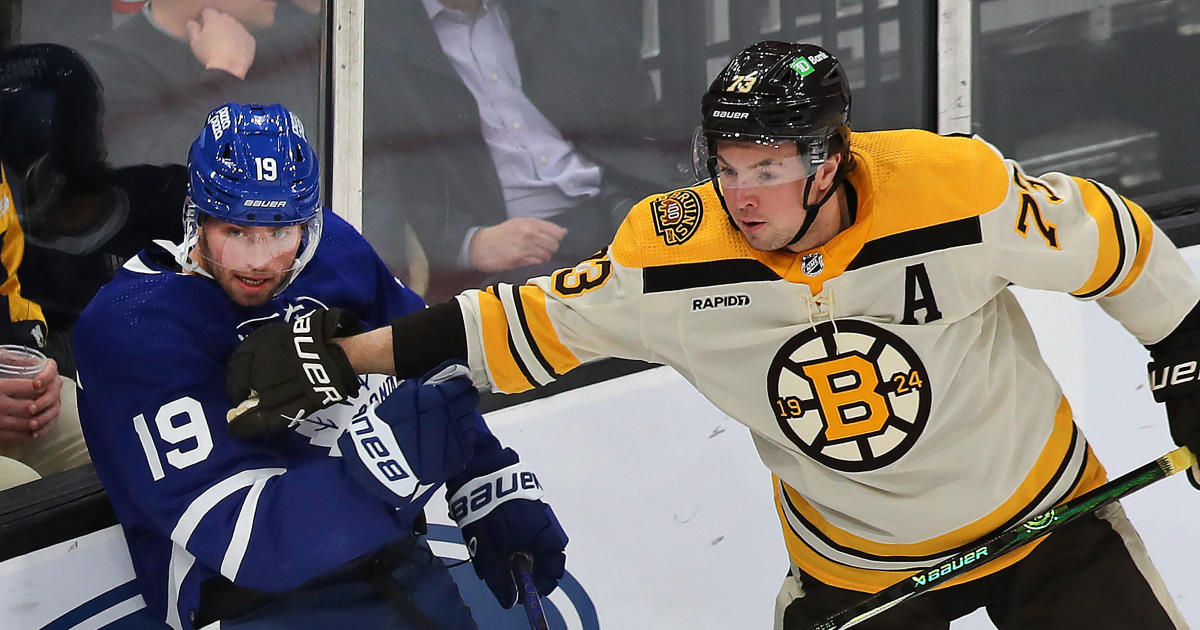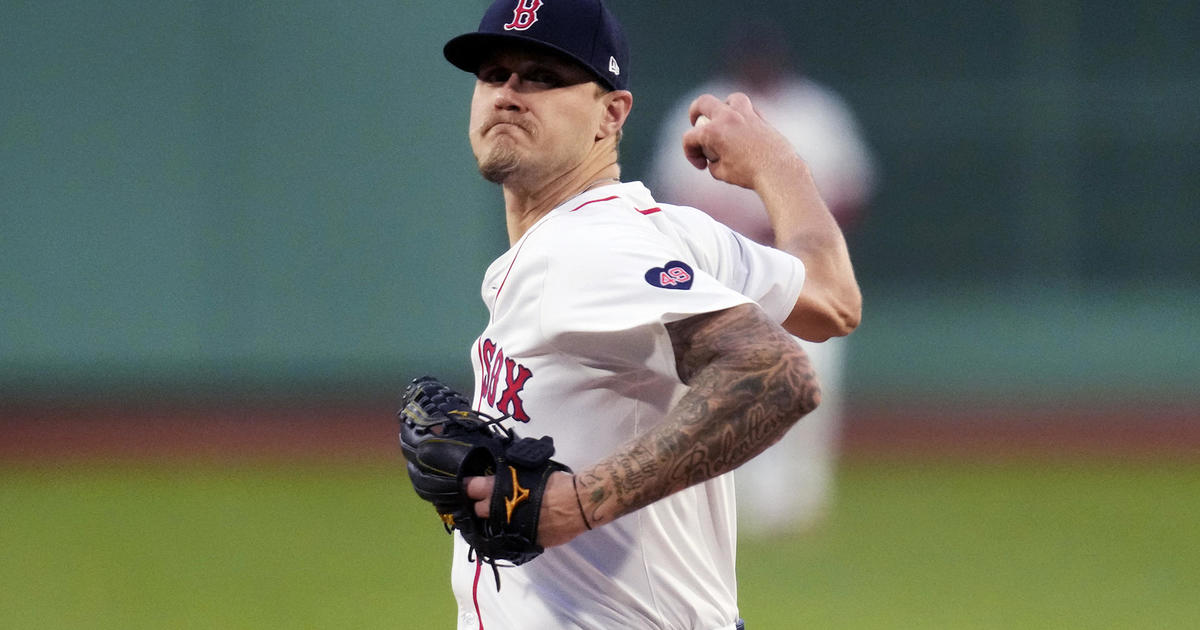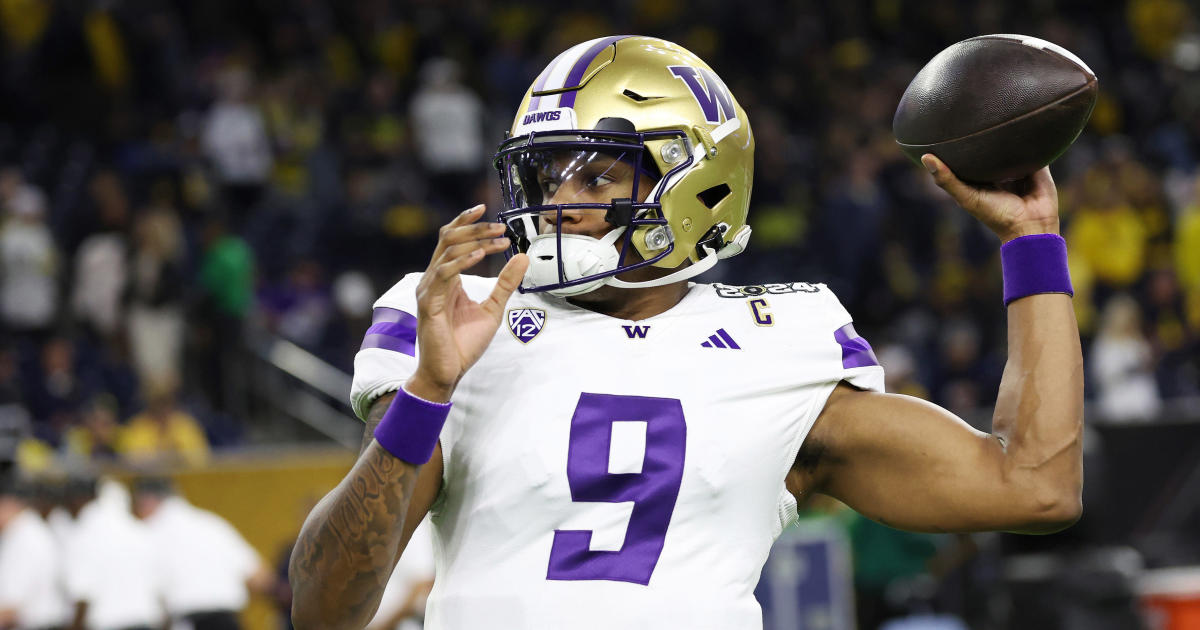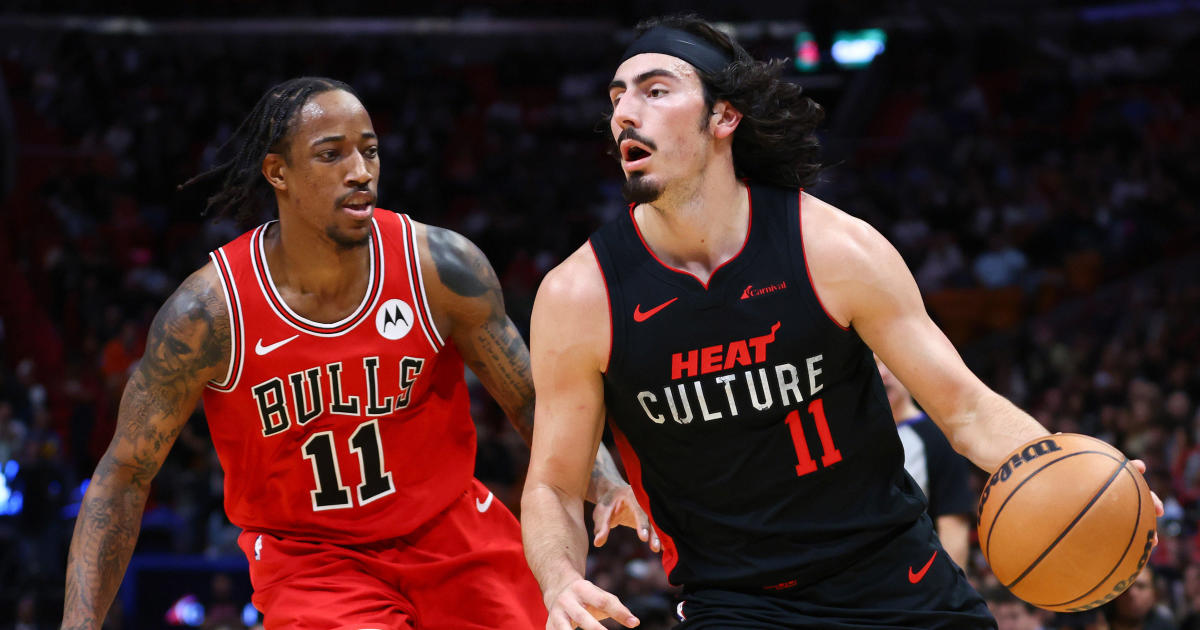Robb: 3 Things We Learned At 2017 MIT Sloan Sports Analytics Conference
BOSTON (CBS) - The MIT Sloan Sports Analytics Conference has always been at the frontier of what's next in the world of athletics during the past 10 years since its inception in 2006. That trend continued at the Hynes Convention Center this past weekend as over 3,500 individuals took in two full days of unique panels, research papers and theories across the sports landscape.
Over 120 teams were represented at the conference across all major pro sports (NBA, NHL, MLB, NFL, MLS, WNBA, etc.), an impressive feat considering only 100 attendees took part in the first conference just 11 years ago founded by Rockets GM Daryl Morey and Kraft Analytics Group CEO Jessica Gelman. With over 39 panels featuring big names and terrific thinkers such as Mark Cuban, Adam Silver, Billy Beane, Sue Bird, David Griffin, Casey Wasserman, among many others there was something for everyone interested in any part of the sports landscape. As always, key figures with Boston ties were also prominently featured as well with Patriots chairman Jonathan Kraft and Celtics assistant general manager Mike Zarren among the many panelists.
While all four major pro sports were covered on a variety of panels, there were several cutting edge ideas and technology presented on the basketball front. Here are a few of the major takeaways taken from those discussions.
The Challenges of Overcoming Cognitive Bias
Three of the more cutting edge and controversial general managers across two different sports (Beane, Morey, Sam Hinkie) are well known for their reliance on analytics and models when making personnel decisions. However, even they admitted they are not immune to pitfalls of cognitive bias while participating in the "Moneymind: Overcoming Cognitive Bias" panel.
Despite the safeguards put in place by using numbers-based systems to help guide decisions, the panelists emphasized that reliance on those formulas may create new blind spots for the team. "People are bad at making decisions," Daryl Morey explained candidly, as the panel noted how teams trying hold out to re-create the perfect trade or contract has led to missed opportunities or other mistakes on countless occasions. The challenge of making each transaction its own independent decision is the goal, but one that remains the biggest challenge even as teams become more aware of their biases.
The NBA All-Star Game Needs Help and Will Get It
The one-on-one Q-and-A between NBA Commissioner Adam Silver and Fivethirtyeight's Nate Silver, titled "Silver on Silver" was a wide-ranging conversation that touched upon several key topics in the NBA world including growth, challenges and the issue of competition in the wake of Kevin Durant's choice to join one of the NBA's top teams in Golden State.
One of the more intriguing items that came out of the discussion was the fact that Silver noted that the NBA All-Star Game needs a 'reset' after another year without a semblance of defense or real competitiveness during the last contest in February. Silver admitted Chris Paul came to him already with a request to make changes. The possibility of adding a 4 or 10-point shot to the game to spice things up was also suggested by Silver, but it's clear there will be a meeting of the minds to get something done.
"Chris's suggestion was let's get back with maybe the same group we negotiated the collective bargaining — Michael Jordan on the owners' side, Jeanie Buss, Wyc Grousbeck, James Jones, Kyle Korver and LeBron [James] and others — let's all get back together and figure out a way to do this," Silver said.
Is the 3-Point Revolution in the NBA, Really a Revolution?
The success of jumpshot heavy teams such as the Golden State Warriors in the NBA over the past few seasons has spread around many myths about the 3-point shot and its importance in NBA circles. Milwaukee Bucks director of basketball research Seth Partnow tried to address many of these issues in his wide-ranging presentation titled "Truths and Myths of the 3-point Revolution in Basketball." Partnow demonstrated that while the importance of the 3-point shot is on the rise, the NBA has always been a jump shooting league, contrary to public belief. He also tackled individual theories about the jumpshot leading to more longer rebounds (fact), more transition chances (fiction) and whether the midrange game is a dying art (not for All-Star level shot creators).
While teams are doing more than ever to spread the floor with shooter and encourage players at all positions to take those shots, incorporating more strategic elements into their gameplan to utilize their shooting talent. Defensively, the best weapon teams have against top 3-point shooting teams is try to prevent them from taking them at all, rather than relying on the low impact variance of contesting a 3-point shot. Overall, the presentation was yet a terrific example of how the conference can open your eyes to a common belief in the world of sports that may not be what it seems.
Brian Robb covers the Celtics for CBS Boston and contributes to NBA.com, among other media outlets. You can follow him on Twitter @CelticsHub.



